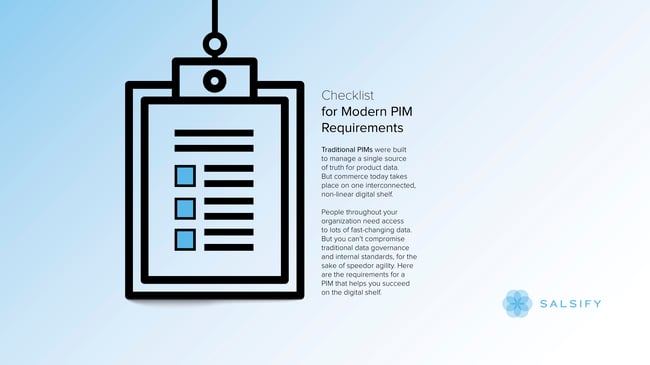
Many people throughout your organization need access to lots of fast-changing data. But you can’t compromise traditional data governance and internal standards, for the sake of speed or agility.
Early PIMs weren’t developed for brands’ needs or the reality of today’s changing digital shelf. Modern PIMs need to marry old and new processes to ensure brand consistency across the digital shelf and keep pace with fast data demands.
Here are a new set of requirements for a PIM for modern brands
A new kind of PIM is required to manage the fast-moving data required for the digital shelf without losing the benefits of centralized views and data governance. You can’t provide the required data quality to your organization at scale if your system is architected for a single version of truth. A PIM for the digital shelf allows an entire organization to execute and adapt in a changing world driven to meet buyers’ demands.
Written by: Cara Wood
Cara Wood (she/her) is a writer and former director of brand journalism at Salsify, where she specialized in creating content to help brands excel in ecommerce. Her work has helped organizations enhance their digital shelf and product experience management strategies.
Recent Posts
Gen Alpha Trends: How the Next Generation Influences Buying Behavior and Decisions
Do Brands Need Social Media Influencers In The Age of AI?
How Can Brands Align With Consumers’ New Year’s Resolutions?
Subscribe to the Below the Fold Newsletter
Standing out on the digital shelf starts with access to the latest industry content. Subscribe to Below the Fold, our monthly content newsletter, and join other commerce leaders.



.svg)